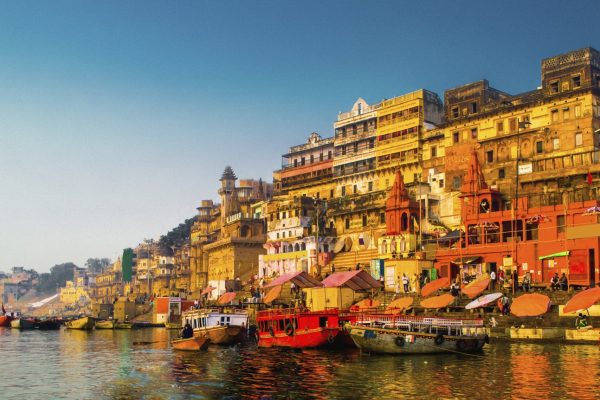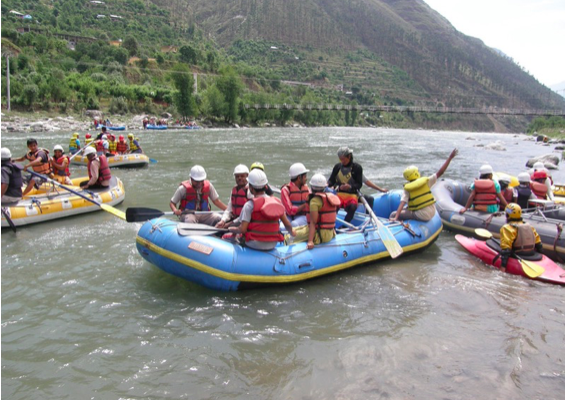A road trip from Bangalore to Ooty is one of the most popular ones in this part of the country. And there is no better way to experience the journey than taking a drive down the highway that connects these two cities. For our annual family vacation early this summer, I availed an attractive Ooty tour package from Bangalore, which included the travel and local sightseeing in Ooty for two days. Also, the trip allowed us to customize our itinerary so we could include our choice of places as well. (tramadol) We decided to stop by the famous forests of Mudumalai National Park and take a tour of the wold before reaching the hilly locales of Ooty.
Also Read: Best Affordable Hotels near Bangalore Airport
The route between Bangalore to Ooty is an experience in itself, with places like Ramanagara, Srirangapatna, and Mysore to explore en route. But once we left these busy communities behind and landed in Bandipur, the landscape dramatically changed and so did the temperatures. It was a welcoming transition from urban life to raw, untouched nature. We were soon passing through the hills and forests of the Nilgiris. At about 10 KM from Bandipur town, off NH181, lied the dense forests of Mudumalai.
The park: An overview
The Mudumalai National Park and its adjoining wildlife sanctuary is a sprawling enclave of forests, hills, and water bodies. It is a part of the five ranges within the Nilgiri mountain ecosystem, namely, Thepakadu, Masinagudi, Mudumalai, Kargudi and Nellakota. Of all of them, Mudumalai is the most significant ecological zone with its rich bio reserve. The national park spanned more than 3000 sq. km. and half a day or even an entire day wouldn’t do justice. But since we were scheduled for Ooty, we had to make do with our fast-track trip.
Although we had a licensed taxi from Bangalore to Ooty, we had to opt for a Jeep Safari, since private vehicles are not allowed inside the park, except around the forest lodges. There were also elephant safaris, which are supposed to be quieter since animals tend to escape at the sound of vehicles. It was peak holiday time and most tours were booked. We managed to find a Jeep ride with a few other tourists. (Valium)
The Jeep started crawling slowly through the dusty forest trails, while our driver-cum-guide shared all the details about the national park.
A major part of the Mudumalai National Park is a protected zone and home to various endangered species like the Indian leopard, Bengal tiger, gaur, etc. There are currently 48 tigers and 2200 elephants which roam freely around the forests. In the right season and little disturbances, there are chances of spotting the tigers in action. We were pleasantly surprised to learn that, about 13% of mammals found in the wild across India are endemic to the forests of Mudumalai. I was glad we decided to include this place in our itinerary or we would have missed the opportunity to explore one of the most significant wildlife reserves of the country.
The wildlife of Mudumalai
We continued to drive through dense clusters of bamboo and rosewood forests, with the Arjun trees towering over the others. Different varieties of woodpeckers and parakeets dominated the higher branches. Intermittently, there were wild shrubs and medicinal plants like pepper and cinnamon growing near the ground. We kept our eyes peeled along the scrubby woods along the paths, lest we miss any encounter with an animal. It was almost dead silent, except for the screeching macaques and parakeets and the occasional rustling sounds made by the deer, who managed to remain hidden from our prying eyes.
Soon, we landed in an open grassland area, with a huge water body, where a herd of elephants was enjoying a bath in the muddy waters.
We have constantly been on the lookout for the big cats but ended up spotting only a herd of bison, spotted deer, Sambar deer, some random wild boars, and wild rabbits. Our driver reassured us that if we come back after the rains, there are more likely chances of seeing tigers and leopards.
Soon, our two-hour safari came to an end. Although we couldn’t see any predators, the trip still felt fulfilling enough, with the quiet drive through the jungle and exploring nature in its most untainted form. From the forests, we were back to the highway, in our rental car, and drove for another hour or so, along the steep slopes and nearly 36 hairpin bends, before we landed in Ooty.





